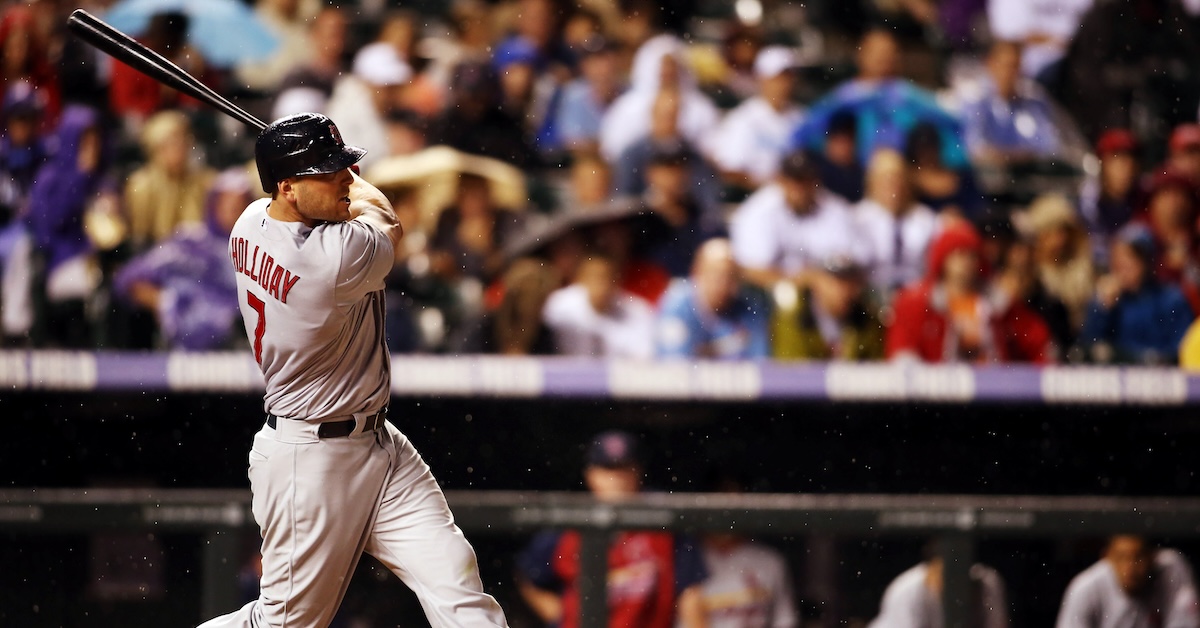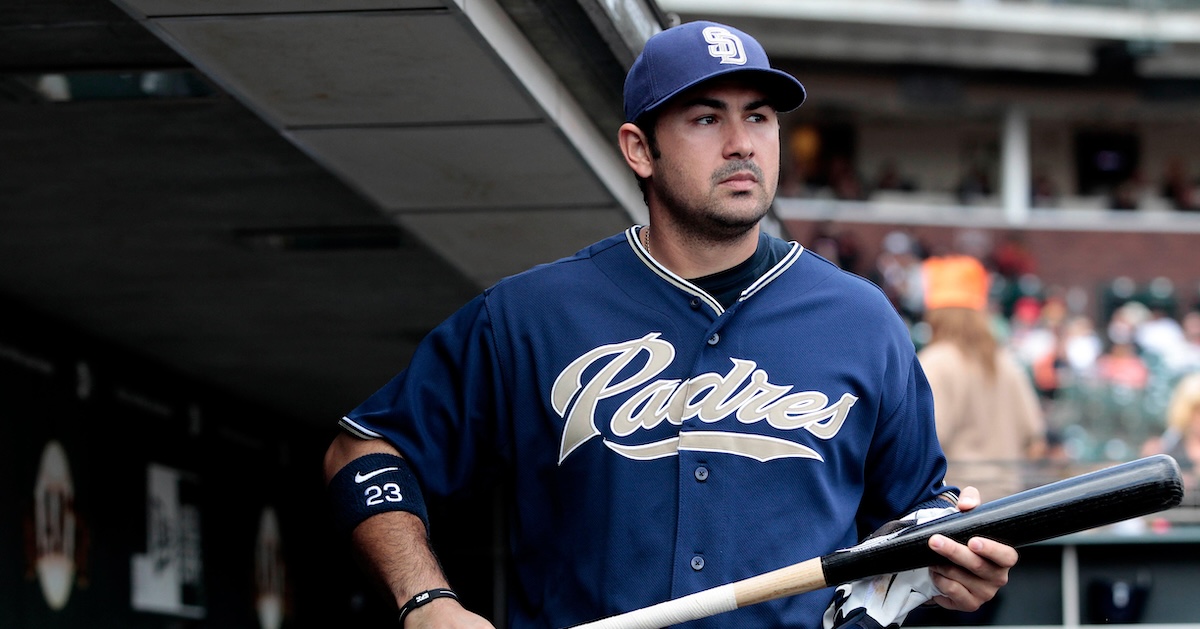The Envelope Please: Our 2024 Hall of Fame Crowdsource Ballot Results and a Preview of Election Day

The following article is part of Jay Jaffe’s ongoing look at the candidates on the BBWAA 2024 Hall of Fame ballot. For a detailed introduction to this year’s ballot, and other candidates in the series, use the tool above; an introduction to JAWS can be found here. For a tentative schedule, see here. All WAR figures refer to the Baseball-Reference version unless otherwise indicated.
If the BBWAA voters are only as generous as the FanGraphs readers who participated in this year’s Hall of Fame crowdsource ballot, just two candidates will get the nod when the Hall announces the election results on Tuesday, January 23 at 6 PM Eastern — both of them newcomers. In this year’s edition of our annual polling, which drew the highest turnout of the six years in which we’ve conducted this exercise, Adrián Beltré and Joe Mauer both topped 75%, while five other candidates received at least 64% but fell short. That group includes Todd Helton and Billy Wagner, both of whom have reasonable shots at getting their tickets to Cooperstown punched this week. Read the rest of this entry »








